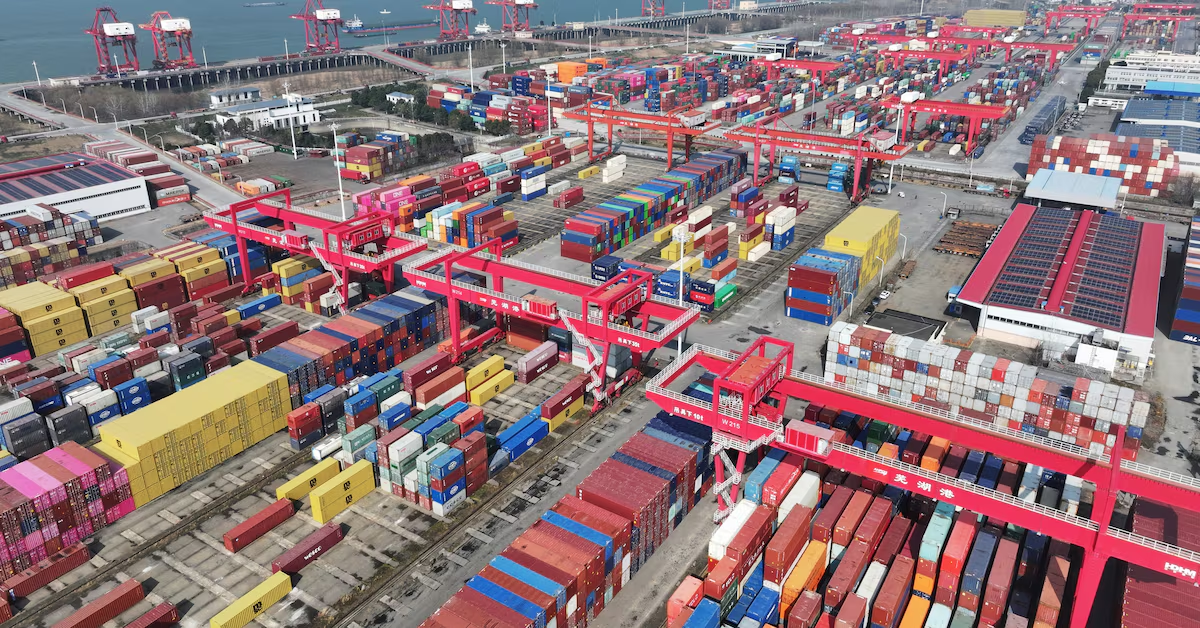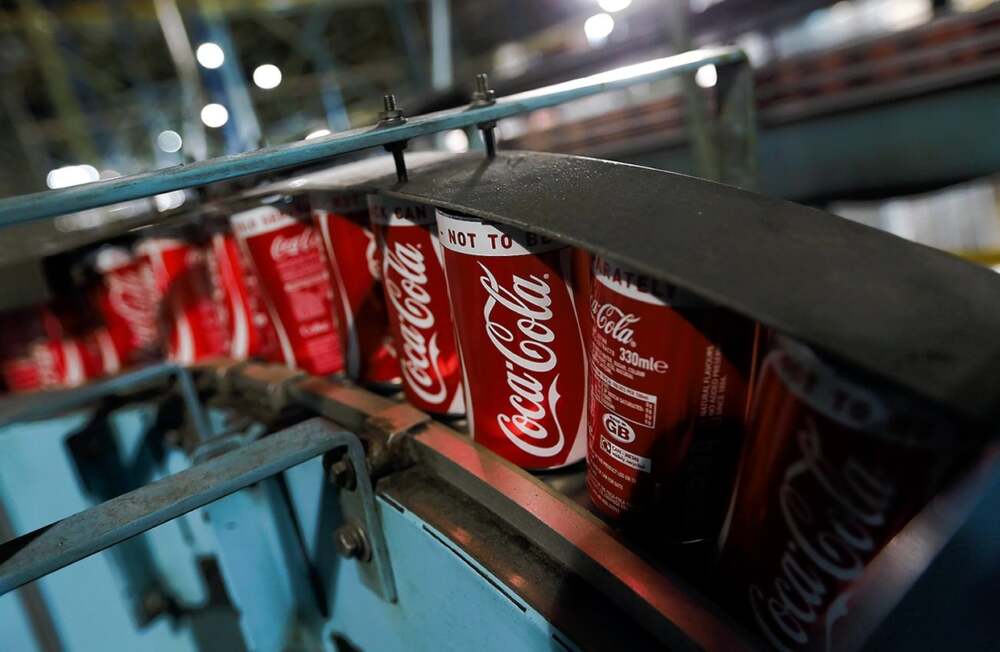Beijing — Despite steep American tariffs imposed in recent months, China’s export engine is accelerating, sending low-cost manufactured goods across Asia, Africa, Europe, and beyond. This surge is propelling Beijing toward a record trade surplus while raising concerns among trading partners about competitiveness, domestic industries, and the future of global trade.
The Numbers & Key Shifts
- China’s trade surplus is projected to reach $1.2 trillion, fueled by soaring exports.
- Shipments to India have climbed to unprecedented levels.
- Africa is on track to receive record annual imports from China.
- Exports to Southeast Asia have already surpassed their pandemic-era peaks.
- A weakening yuan against major currencies has made Chinese goods even more affordable globally.
What’s Fueling the Surge
- Redirection of goods: Products once bound for the U.S. are being rerouted to other markets or channeled through third parties to bypass tariffs.
- Price competition: Chinese firms are slashing margins to keep products attractive, allowing them to hold onto market share despite rising costs.
- Excess capacity: With sluggish domestic demand, Chinese factories are flooding foreign markets to prevent stockpiles at home.
Global Response & Backlash
- Developing nations under strain: Local manufacturers in textiles, electronics, and consumer goods are finding it hard to compete with the influx of cheap imports.
- Trade defenses rising: Some governments are introducing tariffs, quotas, or new rules to shield domestic industries.
- Diplomatic tightrope: Many countries fear angering Beijing by imposing heavy restrictions, balancing economic protection with political caution.
Economic & Strategic Implications
- The resilience of China’s export sector suggests U.S. tariffs are not curbing its manufacturing power as intended.
- However, China faces internal challenges: thin profit margins, overcapacity, and deflationary pressures in industrial sectors.
- Global consumers may benefit from lower prices, but emerging economies risk losing industrial competitiveness and jobs.
What to Watch
- Whether China can sustain this momentum amid shifting global demand and currency fluctuations.
- How other manufacturing hubs in Asia, Africa, and Latin America adapt to intensified competition.
- Potential escalation of trade tensions if more nations implement defensive measures.
- Whether Beijing adjusts its economic policies to manage surplus production while protecting its long-term industrial stability.
China’s export wave is not only reshaping trade flows but also testing the effectiveness of protectionist strategies. What began as a U.S. tariff battle may be driving a global realignment in supply chains — with China still at the center.
















Leave a Reply